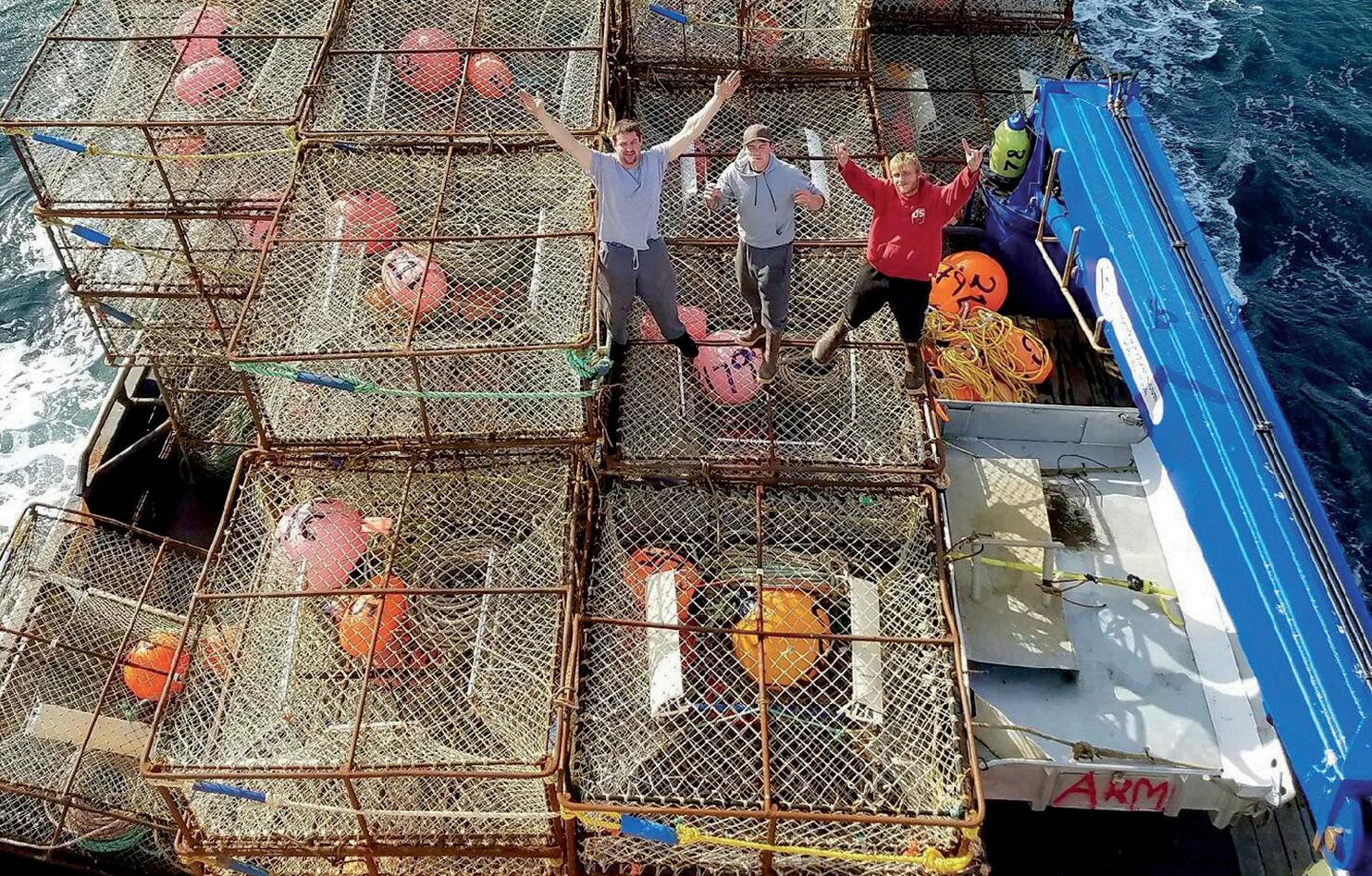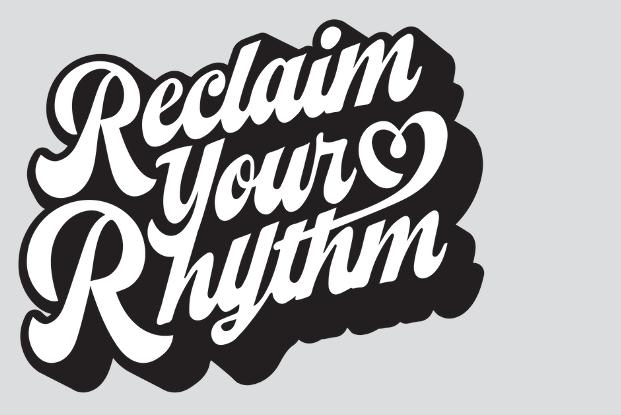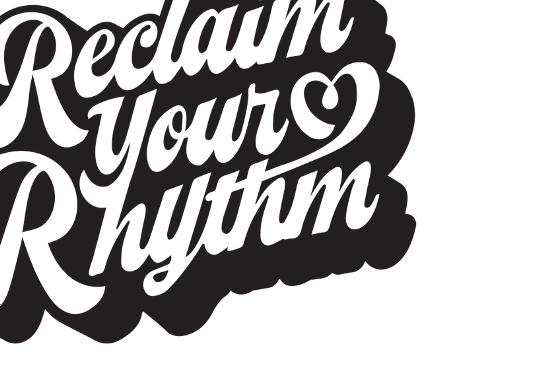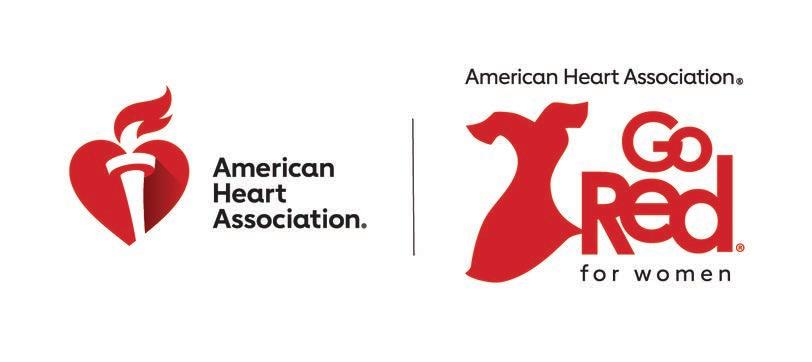
11 minute read
FISHERIES
Fishing for an Economy
Coastal Villages Region Fund leverages its quota to build Western Alaska
In 2020, Coastal Villages Region Fund (CVRF) generated $91.6 million in gross revenue. Because CVRF is a nonprofit, it doesn’t qualify for Alaska Business’ Top 49ers list, but if it did, it would have placed in the mid-thirties on the list, between Usibelli Coal Mine and Watterson Construction.
While CVRF is a nonprofit organization, it does not accept any charitable donations. All of the organization’s revenue is generated through fisheries investment. “We operate a seafood company and all of the revenue comes in through the catching, processing, and sale of Alaska seafood,” says CVRF’s CEO Eric Deakin. It is one of six Western Alaska Community Development Quota (CDQ) Program groups.
According to NOAA Fisheries: “The Community Development Quota Program was established (i) to provide eligible western Alaska villages with the opportunity to participate and invest in fisheries in the Bering Sea and Aleutian Islands Management Area; (ii) to support economic development in western Alaska; (iii) to alleviate poverty and provide economic and social benefits for residents of western Alaska; and (iv) to achieve sustainable and diversified local economies in western Alaska.” Today, 10 percent of Alaska’s fisheries are set aside for CDQ groups.
As Deakin puts it, “We’re one of six groups that were set up to manage the monetization of that quota and the delivery of programs with it to a group of villages.” CVRF represents and provides benefits to twenty villages, ranging from Scammon Bay south to Platinum. “A separate group near us, the Yukon Delta Fisheries Development Association, manages that are on the Yukon itself,” Deakin specifies.
How are these groups supposed to make money, and how should they spend it once they do? Similar to the Alaska Native regional and village corporations created under ANCSA, the Western Alaska CDQ groups have needed to figure out how to best use their resources and meet their mission. And like the ANCSA corporations, they’ve evolved since their formation to be better at both.
By Tasha Anderson
Generating Revenue
In its early years, like many of the other CDQ groups trying to find their footing, CVRF partnered with established fishing companies, leasing its quota to them to fish. Over time, CVRF has shifted to owning and managing its own vessels and directly selling its catch.
“For the most part, all the CDQs have trended in the direction of at least owning minority interest in their partners, just to be able to make more money on the value chain,” Deakin says. “In leasing, there’s a very small portion where it’s no risk, and a lot of the time you have guaranteed returns from a lease. But because of [having] no risk— you’re just leasing and not participating in the fishing, processing, or sales. It’s really not as profitable as it could be.”
CVRF ventured into ownership in 2006, purchasing crab boats and partnering with the original owner to manage them for about three years before CVRF took over operations and management. At that point, CVRF was responsible for the catch, the upkeep of the boats, staffing them, et cetera. “The shipyard and boat maintenance can be pretty complex, and it gets very expensive,” Deakin says. “You have to have a lot of working capital to start that endeavor, or a big credit line, because boat repairs aren’t always cheap and you get surprises that come up that can be expensive.”
CVRF also took the leap into vessel ownership in the pollock and cod fisheries. “We were the first CDQ to manage our own at-sea pollock vessel,” he says. The group’s pollock boat is a
340-foot at-sea catcher/processor, “and we usually catch, depending on the TAC [total allowable catch], around 40,000 metric tons of Pollock annually,” Deakin says. “It’s a sizeable operation.” CVRF also owns three cod longliners.
But the group isn’t stopping there. “The last part of the fishery that we haven’t participated in is value added products,” Deakin says. “Probably in the next five years, we’ll be looking at some kind of partnership or wholly-owned value-added processing, like secondary processing where you make fish sticks or portioned fish that gets sold directly into market.” He says currently most of the fish that CVRF brings in is sold to wholesalers that do their own processing and take the fish to market.
Deakin says after acquiring the pollock boat and cod longliners, for about four years the organization focused on not just operating the boats but improving efficiencies, finding more customers, and optimizing the fishing vessels. But as those goals were met, he says CVRF was interested in targeting new investments.
In 2020, CVRF once again looked at the crab fishery, but with a different angle. “We were at the cap of what we can own, so we really hadn’t looked at crab in a while,” Deakin says. “But crab is profitable for our region, so we talked to all of the tribes in our communities about owning quota themselves.”
He says most of the tribes were interested, and those who weren’t “initially as interested decided to jump on board not to be left out.” CVRF partnered with another CDQ group, Bristol Bay Economic Development Corporation (BBEDC), to buy out the owner of BBEDC’s crab fleet, Mariner Companies.
In May 2021, CVRF announced the Community Quota Share program, in which each village in its area owns a portion of a Bering Sea opilio crab quota acquired from Mariner Companies. “In order to set that up, we helped [the villages] get a loan so they could get the money to buy the quota, and then we guaranteed the loan, to help lessen the risk since we had experience that they did not yet have,” Deakin says. As part of the program, CVRF and each village entered into a harvest contract in which each party gets 50 percent of the ex-vessel value of the catch. The village gets half as owner, and “we get paid the other 50 percent to basically run the boats, catch [the crab], deal with the crew, all of that.”
Deakin credits BBEDC with laying the extensive groundwork necessary to launch the program. “We wouldn’t have been able to close a deal by the [end of 2020] without them having done this groundwork before.”
Deakin hopes that some of the villages will use this program as a launching off point. “Over the next nine to ten years, maybe they will take on boats and do some kind of other owned enterprise that’s owned by the tribe.”
Who Owns the Quota
The benefit of ownership at any level is having more of an influence on the industry itself. “A lot of the CDQ companies want more ownership, more say, and more input in the fishery,” Deakin says. “All of our villages and all of the villages of all the CDQs participate in other ways in fisheries along the Bering Sea… so through owning bigger companies in Seattle, you can have a say to be more of a steward of the





Self-measuring and monitoring blood pressure are two steps to prevent heart attacks and strokes.
GoRedforWomen.org
Go Red for Women national sponsor:
Live Fierce, Take Action local sponsor: Live Fierce, Life is Why local sponsor and Anchorage Go Red for Women Luncheon Presenting sponsor: Live Fierce, End Tobacco & Vaping local sponsor:
Life is Why local sponsor and Fairbanks Go Red for Women Luncheon Presenting sponsor: Go Red for Women local sponsor: Media sponsor:
resources than you would as just a passive participant.”
Deakin says one of the driving motivators behind the organization’s growth and investments is to be able to “Alaskanize” the fishery. “When it was rationalized and 10 percent was given (given for free, as they say) to Western Alaskans, to the CDQ groups, where was the other 90 percent given? It was given to industry, most of which was in Seattle,” Deakin says. “So you have non-Alaskans that own and manage the fishery, and they’ve done a great job. I mean, there’s a crab fishery here because a long time ago people from Seattle started going out and finding how to catch them and making markets for them where there weren’t markets before. So they earned that.”
He continues, “But at the same time, it was just given to them like it was given to us, and as these families retire, and a lot of them do, that quota and those boats need to be owned by Alaskans, by CDQs, by Native corporations, even, but the resources needs to be in the hands of Western Alaskans, those that live in the region and have more than financial motivation to make sure the fishery stays healthy.”
Economic Impact
CVRF earns profit for a purpose, and that is to build the community and economy in Western Alaska. The organization has a board of twenty, one elected from each community. “Any board of twenty people should be pretty complicated, but everybody works for the common good and they look beyond their own needs to make sure the company’s doing the right thing,” Deakin says. “They’re very good advocates for the needs of their village.”
In addition to guidance from its board, CVRF also has some requirements as a CDQ on how it can invest the money it makes. “The main statutory restriction is to invest in Bering Sea fisheries… there’s an 80:20 limit of fisheries investments versus non-fisheries investments,” he explains.
However, program spending is much more open. “Program spending isn’t part of the 80:20 rule,” he says. “It’s pretty much all of your income that hasn’t been spent on investments and isn’t going into an investment fund or for working capital. Every CDQ has a different plan on how much money is distributed every year and how they do it, and part of that would be because every region is different.”
One major difference between the regions is the amount of infrastructure investment that’s already been done, either by a CDQ, Native corporation, or other entity. Compared to some of the other regions, Deakin says the CVRF area has fewer roads and completed water projects, more housing problems, and a lack of mechanic shops and services, “so we’ve done programs that fill in the gaps.”
One such program was launched a year ago. CVRF partnered with American Honda Motor Company to open three Authorized Honda Service Centers in Eek, Scammon Bay, and Kipnuk.
“The subsistence lifestyle relies more on power sports vehicles than you think: people use four wheelers to get to berry picking, they use outboard motors to do subsistence fishing, they use snowmachines to do everything else—so when those things quit working, it matters.”
The major issue is that in the majority of the region’s communities, there is no shop or mechanic available to do repairs. “If the machine is new enough, maybe you spend $800 round-trip to get it back to Anchorage to be fixed and then get it back,” Deakin says, but otherwise the cost of having the equipment repaired is prohibitive as well.
Specifically, there are a lot of Hondas in CVRF communities, in part because it participates in a program that helps subsidize those types of Honda vehicles. Called “People Propel,” the program helps residents purchase a variety of items, though “mostly it’s transportation,” Deakin says, “and we see, year to year, almost 150 to 200 Honda ATVs being bought through the program.”
CVRF approached Honda about solutions and were able to set up the first-of-their-kind service centers that are equipped with Honda-trained CVRF staff and original equipment manufacturer parts and tools.
In a press release about the launch of the service centers, Jacob Rivers, a mechanic/welder from Scammon Bay, said, “Honda has never had a program like this before, so we’re especially thrilled that they’re launching it to help support our communities.”
Deakin says the pandemic has slowed progress of the program. “We couldn’t really go out and be as proactive as we wanted to be about doing all of this,” he says. “We still handled some recalls and did some good things, but it hasn’t become what it can, yet.”
As CVRF looks forward, Deakin says it’s looking at yet another resource to build the region: its young people. “Where we really need to focus, and where we were starting to focus, since right before COVID, was with the youth,” he says. As the pandemic started, CVRF launched Youth-toWork Maritime, a youth education and training program that aims to develop an interest in and skills for maritime careers. “We’d like to see more youth from the region (and more adults, too) get trained so they can deckhand, work their way up to first mate, so eventually we have captains from the region.”
Combining programs like these with additional quota ownership in the region is Deakin’s vision for more sustainable opportunities in Western Alaska. “It’s going to be a permanent benefit for all of our residents.”
Eric Deakin, CEO, Coastal Villages Region Fund









